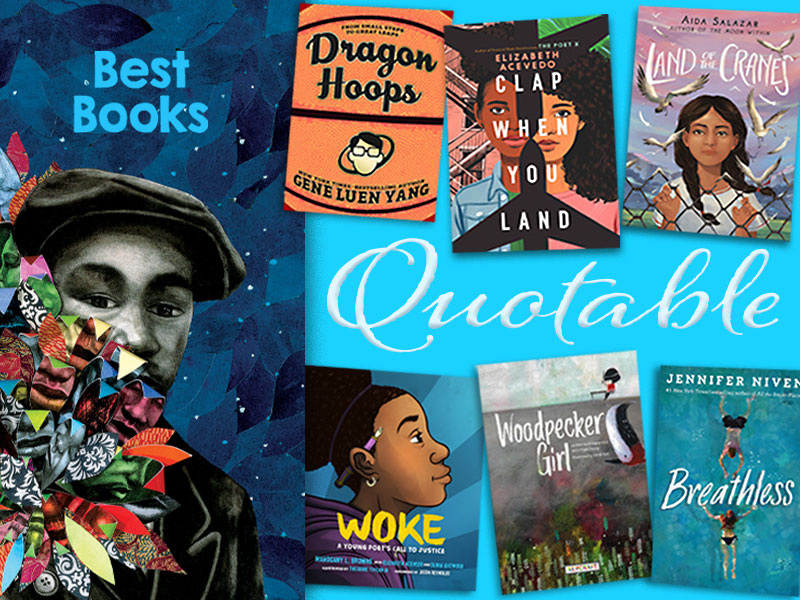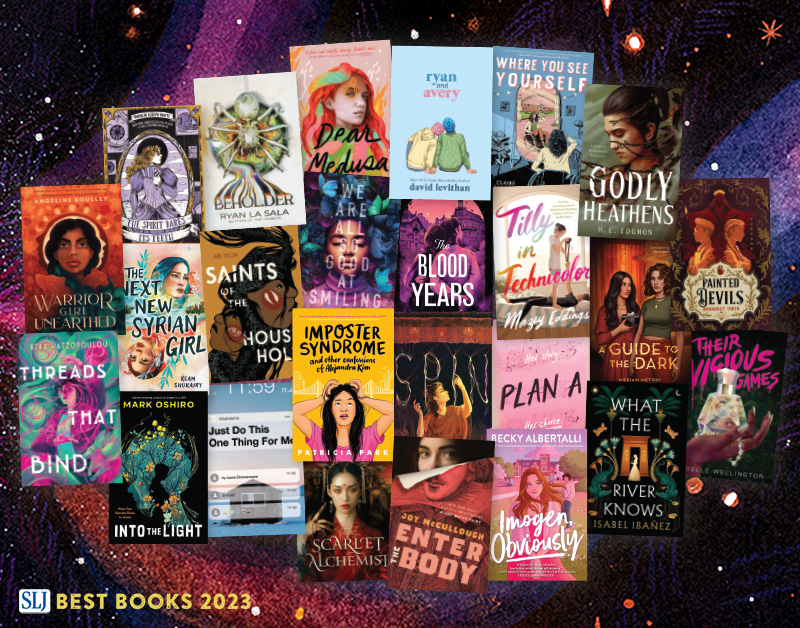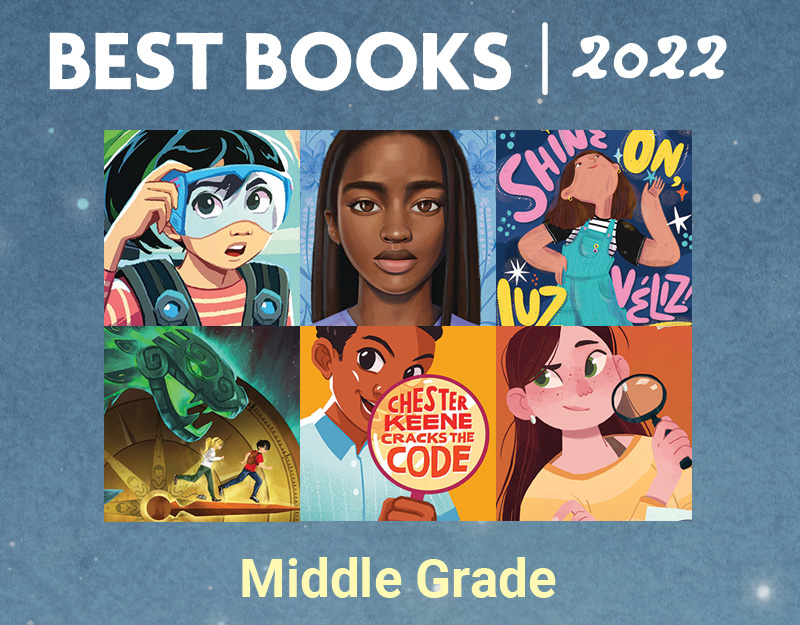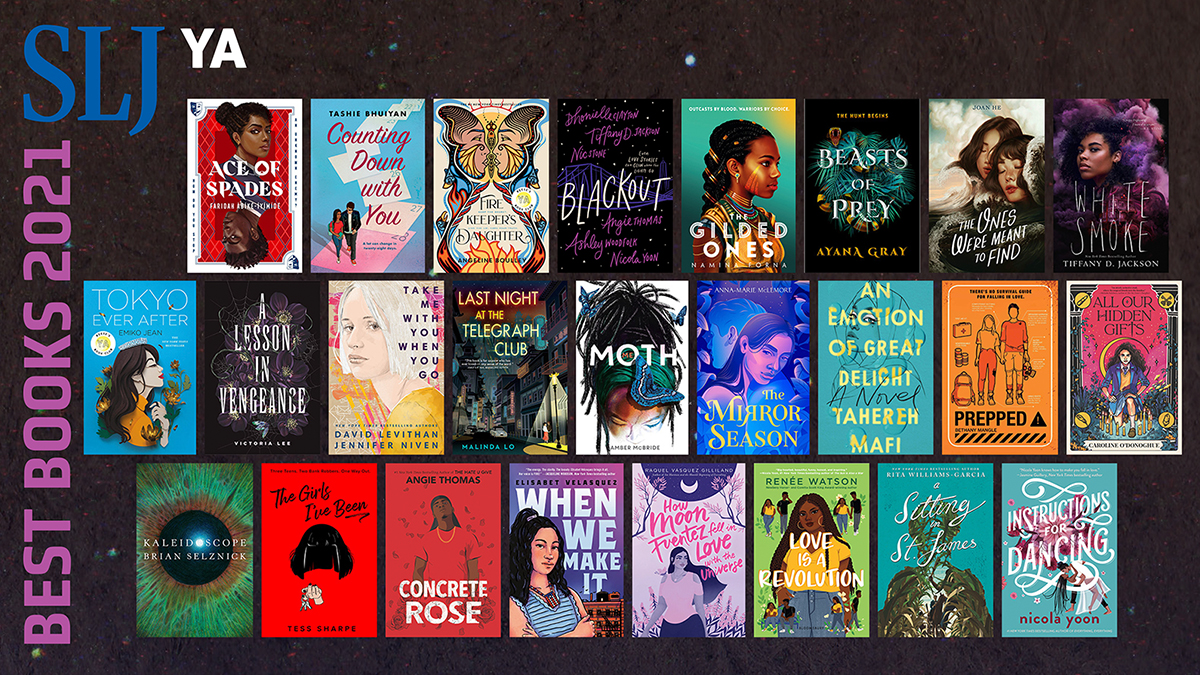Goodbye Stranger
ISBN: 978-0-385-74317-4
Filed under: Fiction
About Mary Ann Cappiello
Mary Ann is a professor of language and literacy at Lesley University. A former public school language arts and humanities teacher, she is a passionate advocate for and commentator on children’s books. Mary Ann is the co-author of Teaching with Text Sets (2013) and Teaching to Complexity (2015) and Text Sets in Action: Pathways Through Content Area Literacy (Stenhouse, 2021). She has been a guest on public radio and a consultant to public television. From 2015-2018, Mary Ann was a member of the National Council of Teachers of English's Orbis Pictus Award for Outstanding Nonfiction (K-8) Committee, serving two years as chair.
ADVERTISEMENT
ADVERTISEMENT
SLJ Blog Network
One Star Review, Guess Who? (#202)
Review of the Day: My Antarctica by G. Neri, ill. Corban Wilkin
Exclusive: Giant Magical Otters Invade New Hex Vet Graphic Novel | News
Parsing Religion in Public Schools
Take Five: LGBTQIA+ Middle Grade Novels
ADVERTISEMENT








Oh Mary Ann… this is the book I have been needing! I love that you're the one who reviewed it, because what you said went straight to my heart! I'll buy it today! It won't be the first time your website has filled a need in my work and in my life! Thank you! (Nancy Peterson)
Nancy, I'm so glad this book came along when you needed it (though it is not out yet!). It is one of those books I know I will reread time and again and be startled by what I didn't pick up the first few reads. What a gift it is.